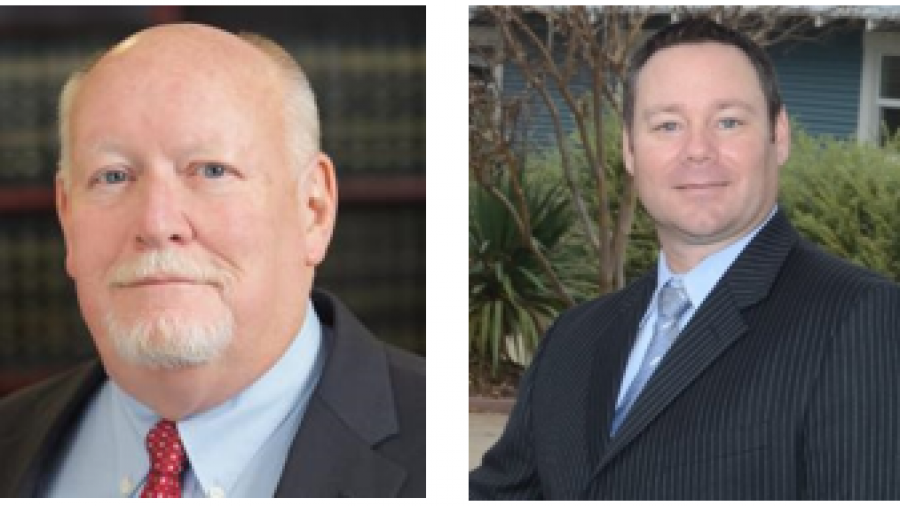 This focuser reveals an attorney’s hire rate. That is, it measures how many Vision Meetings or Initial Meetings an attorney had during a given week, how many of those meetings resulted in an engagement agreement being signed, and the dollar value of each engagement. It will also measure how many Vision Meetings and Initial Meetings resulted in a follow up call.
This focuser reveals an attorney’s hire rate. That is, it measures how many Vision Meetings or Initial Meetings an attorney had during a given week, how many of those meetings resulted in an engagement agreement being signed, and the dollar value of each engagement. It will also measure how many Vision Meetings and Initial Meetings resulted in a follow up call.
In essence, the Pipeline Results Focuser is a synopsis of what is happening in the conference room between an attorney and the prospective client. If the numbers are low, you need to figure out why. For example, let’s say several clients have mentioned during meetings that the firm on the other side of town offers a lower price for a foundational estate plan. If that’s the case, you’ll know your pricing structure needs adjustment.
Or perhaps prospects seem disengaged during meetings, or claim to be in a hurry and rush out without signing an engagement agreement. Then, when you follow up, they fail to respond. If scenarios like this happen frequently, you may need to examine your mindset before the meeting, or your approach during it.
Low numbers in the Pipeline Results Focuser let you, together with your coach and your implementation specialist, know there’s a problem and we must roll up our sleeves and solve it together. This is what makes the Pipeline Reports Focuser so valuable.

















